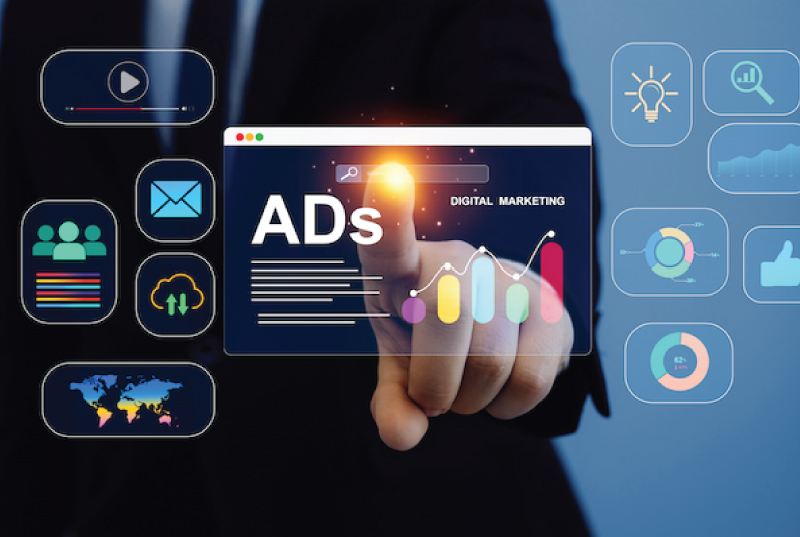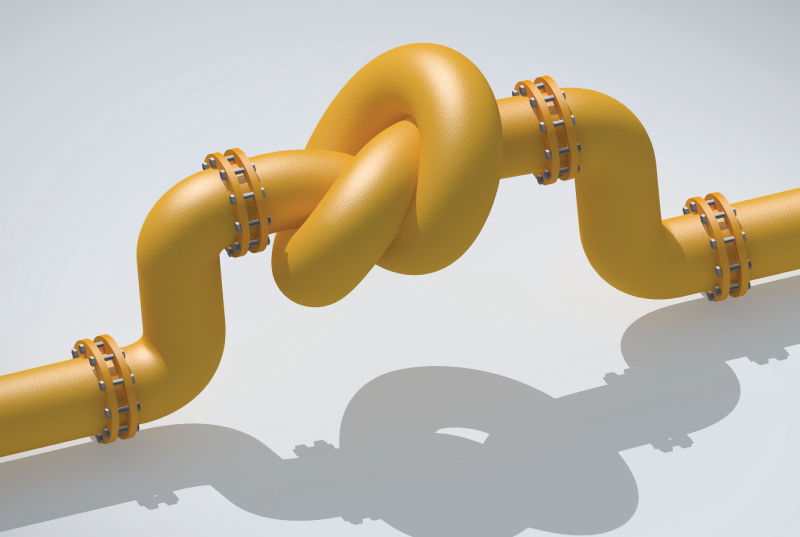Beyond the sales funnel: How Journey Stages lead to increased ROI
Explore the B2B buyer journey and how it differs from the sales funnel drives ROI

Audrey Boles
Customer Data Insights & Analytics Manager, Demandbase
What are Journey Stages (and how are they different from the traditional sales funnel)?
Journey Stages are how an account moves through account-based marketing (ABM) — the customer’s path from initial awareness to final purchase (and beyond).
While some stages of the journey are more detailed than others, most follow a similar progression: Qaulified > Aware > Engaged > Marketing Qualified Account (MQA) > Sales Qualified Lead (SQL) Opportunity > Customer > Post Sale.
In graphic form:
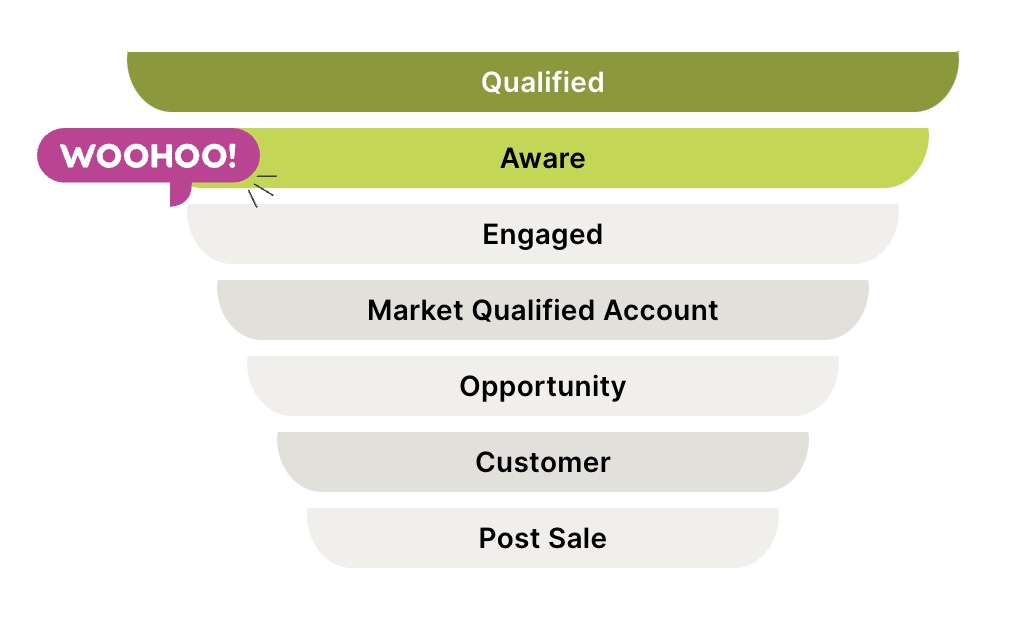
Wait. That’s just a sale funnel, right?
Kinda.
While a traditional sales funnel and its more “modern” version — Journey Stages — both involve a progression from awareness to sale/post-sale, Journey Stages are buyer-centric: Focus is on the buyer’s process of decision-making and the experiences they have as they interact with a brand or product.
The more “old school” sales funnel is company-centric: focused on the actions the company must take to move potential customers towards a sale.
Here at Demandbase, we used Account Intelligence (merging your first-party data with our third-party and behavioral intent data with AI) to create a single truth source to better understand where your buyers are in their journeys.
It looks like this:
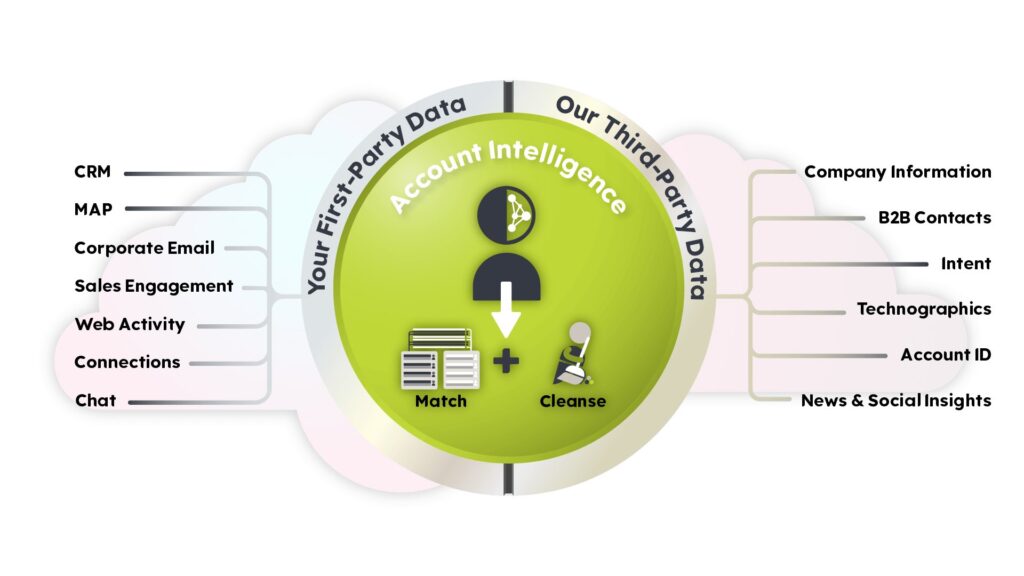
The data prove the ABM Journey Stage approach far outperforms the traditional funnel strategy. According to TOPO, opportunities from accounts receiving an account-based approach closed at 53% versus 19% for demand generation.
How Journey Stages help improve ROI
Enhanced customer experience.
Streamlined sales process.
Efficient use of resources.
When properly implemented, Journey Stages build stronger, longer-lasting relationships with customers. This and a few examples below save time, effort, and money. Win. Win. Win.
- Targeted, personalized outreach: Personalized content and targeted communications resonate more with prospects, leading to higher engagement and, ultimately, better conversion rates.
- Resource optimization: Human capital can be channeled into strategies and tactics that address the specific requirements of each stage.
- Shorter sales cycles: The right information at the right time (to the right people) results in customers moving through the stages more efficiently.
- Data-driven decision making: Data-informed decisions make it easier to predict customer behavior and allocate budget more effectively.
- Better cross-department alignment: When everyone is on the same “Journey Stage Page,” a more consistent customer experience (with optimized outreach) is the net result,
The Demandbase One™’s Journey Stage analytics can be used to track account progression, conversion rate, and velocity. You can even compare results for accounts receiving an ABM approach vs. a demand gen approach to evaluate success.
The 3-step process to test out Journey Stages today
Demandbase One™ provides an intelligent, account-based GTM platform for B2B marketers and sellers that orchestrates and automates the entire buyer journey.
Follow this 3-step process in your office today.
- Configure Journey Stages: If your Journey Stages still need to be configured, ensure you have an optimized setup that accurately reflects how your team thinks about the different stages of the buying cycle.
Note: It does not have to look exactly like the image above. While that’s how we think about Journey Stages here at Demandbase, it’s imperative you make the process your own.
- Define the Audiences: Identify which accounts are part of your ABM approach and which are Demand Gen (or any other set of accounts that you wish to serve as a benchmark).
Note: This is where account tiering comes into play. Your highest priority, highest value ABM accounts are your Tier 1s.
- Measure Results: Evaluate how many accounts have moved from one Journey Stage to a future one. Track every stage of the process. Evaluate velocity and conversion rates.
Note: Part of measuring results is comparing them against various account lists to determine how different tactics influence results
Example Journey Stage Progression:
In Q1, accounts in the Aware and Customer Renewal stages increased dramatically; however accounts tend to get “stuck” in the Qualified and Aware stages
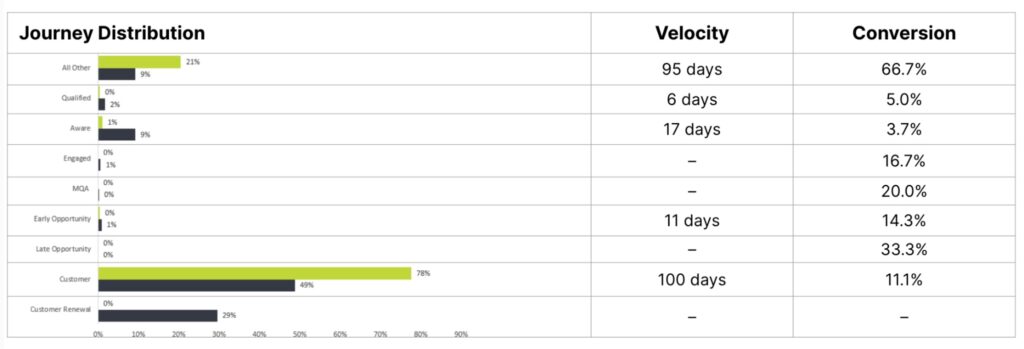
“Looking at account-based and demand generation performance throughout the funnel in a side-by-side format is an extremely valuable exercise. GTM strategies always consist of 1:1, 1:few, and 1:many approaches and there are learnings from each of them that can help make the others more successful. We benchmarked this at TOPO and Gartner and walking clients through this exercise always led to insights that improved their GTM strategies. We referred to it as Double Funnel, but no matter the terminology, we should all be using this recipe.”

Chris Moody
VP, Brand Marketing at Demandbase

Audrey Boles
Customer Data Insights & Analytics Manager, Demandbase

